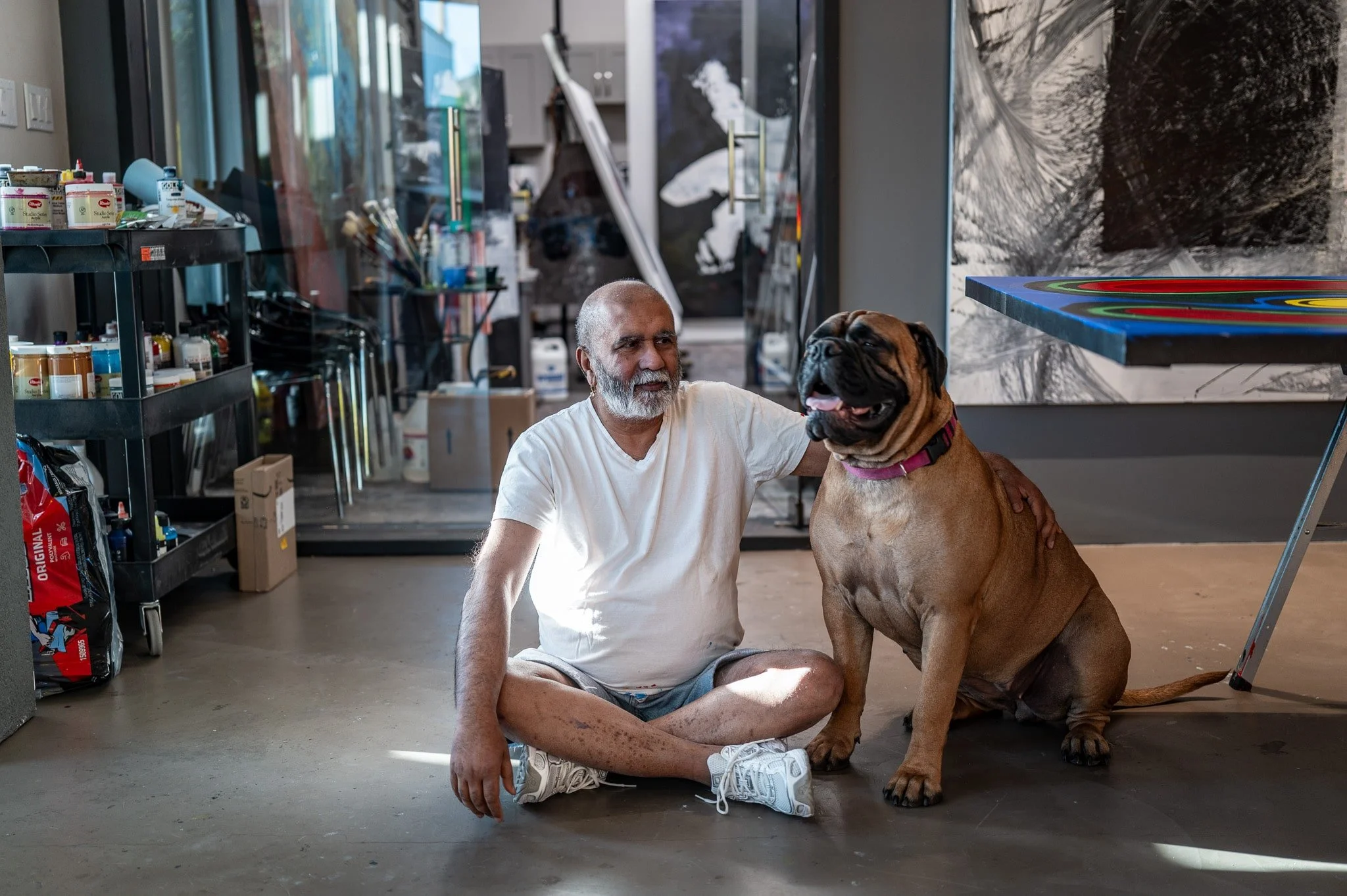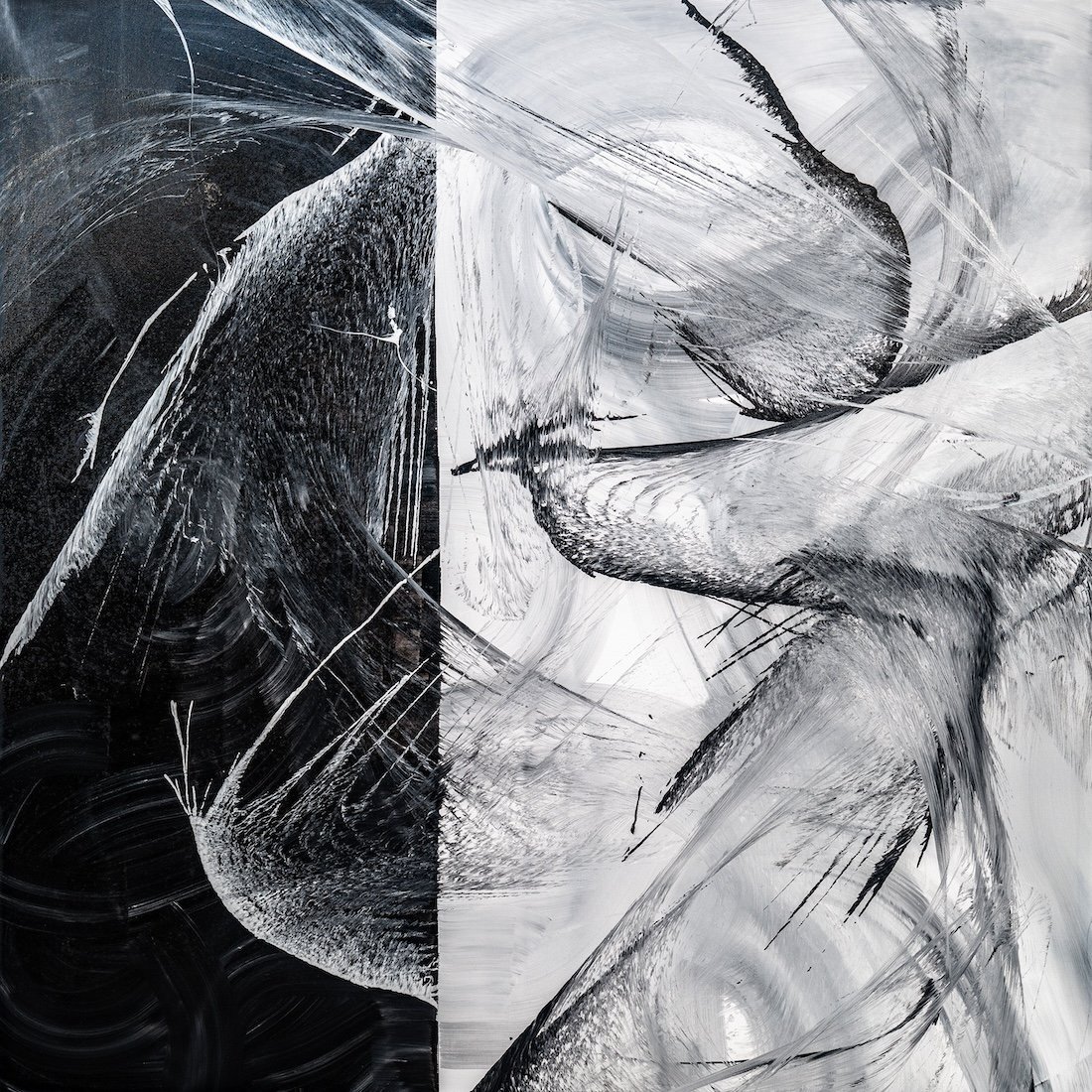
Studio Journal
Exploring Abstraction With Ritu. Musings on Art, Life, and Becoming
Studio Journal is where I reflect on the quieter questions of being an artist. These writings are part idea book, part personal philosophy—exploring what it means to create, to observe, and to move through the art world with intention. From musings on creative discipline and daily rituals, to thoughts on beauty, meaning, and the unseen structures that shape our lives, each post invites you into my studio as a space of inquiry and becoming. Here, art is not just something I make—it is how I think, listen, and live.
By Medium
A Shift in Temperature: My 2023 Paintings
In 2023, I turned toward the intangible — painting atmosphere, pause, and sensation. This year taught me to let silence, softness, and subtlety take the lead.
The Year of Wanting More: My 2024 Paintings
In 2024, my paintings wandered — between styles, materials, and ideas — but always carried the same quiet urgency: to feel more, see more, and leave space for what cannot be named.
The Half-Life of Abstraction
In abstraction, nothing stays still. Meaning mutates, dissolves, and renews. In this reflection, artist Ritu Raj explores the idea of the half-life of abstraction—the invisible moment when an artwork’s original intention begins to decay, and a new field of perception emerges between viewer and canvas.
An Exploration of Organic Abstraction, Primal Forces, and Material Innovation
Ritu Raj’s Organic Movement Collection explores cosmic forces, chaos, and organic abstraction through innovative twine painting on wet oil canvas.
How Abstract Art Expresses Emotion Without Words
How does abstract art express emotion without words? For Ritu Raj, it’s not about explanation — it’s about creating a space where feeling leads and form follows.
What I’ve Learned About Stillness and Motion in Art (and Life)
Art mirrors life — and Ritu Raj explores how stillness and motion shape both. From monochrome introspection to fluid, gestural color, his work is a meditation on change.
Ephemeral Atmosphere Collection: Painting the Impermanence of Feeling
Ritu Raj’s Ephemeral Atmosphere Collection explores the fluidity of emotion and memory through bold abstraction. From twine-painted gestures to haunting color fields, these works capture the fleeting beauty of atmospheric states and human feeling in a poetic, painterly language of motion and depth.
How Abstraction Invites the Viewer to Co-Create Meaning
Abstract art doesn’t give you meaning — it invites you to create it. For Ritu Raj, the viewer’s response is not an afterthought. It’s the heart of the work.
Why Abstract Art Speaks Where Words Fail
Why choose abstract art? Because sometimes, the most powerful experiences live beyond words. Join me in exploring how abstraction invites us into feeling, presence, and connection.
The Art of Letting Go: Painting with Twine
Painting with twine is a meditative act of surrender—where control gives way to intuition, and organic forms arise from motion, not planning. Like neural pathways or emotional echoes, each mark reflects a moment of trust, allowing life to shape the work in its own way.











